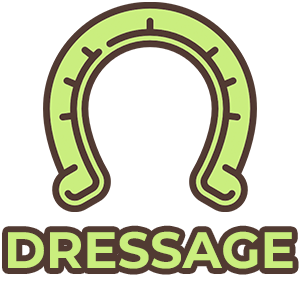How to Bluff in Poker – Texas Holdem Poker Strategy

Bluffing is a key step in mastering No-Limit Hold’em. Knowing how to recognize a great bluffing opportunity will measurably increase your win rate. What exactly is a bluff? There are really two different sorts of bluffs, the small bluff and the big bluff. Think of small bluffs as bets where no one seems interested in the pot, and the first person to shoot, takes it down. These bluffs are most commonly continuation bets, positional bets, or probe bets. Big bluffs are those times when someone else has shown aggression in the hand or clear desire to win the pot, but you think you can pressure them into folding. This can be done with little to no showdown value, but takes some practice to get the hang of.
This is a checklist you can go through in your head or look at when considering a bluff. As always, position makes everything easier; your opponent being out of position will make them much less likely to call. What I mean by a believable hand is that all the action in the hand up to the point of the bluff should be able to represent at least a couple hands that would make sense to your opponent. If you just check down to the river then suddenly make a huge raise, it can be hard for your opponent to give you credit for a real hand. Having more money behind as well as another street of action will make your opponent fear seeing you pile on another huge bet, especially if you have position, because they will be forced to act first on the next street. In general when looking at this list, the turn is often a good spot to make your bluffs. In addition to usually having money behind, and another street, the draws your opponent may have flopped have much worse odds on the turn, they will be forced to fold more hands on the turn then they would have on the flop. You wrote down the checklist right? 1. Be in Position? Yup 2. Believable hand? Does a turn raise make sense for a big hand? Flat call the dry flop and raise the turn, sure that’s how a lot of players would play trips or better here. 3. Money behind? Definitely. Bottom line here is if you are in a good spot, go through your checklist and make your move, if it doesn’t work make a note and move on, poker is a learning experience and you have to try things out to see how they work.
